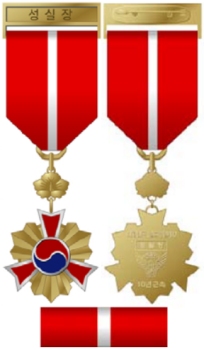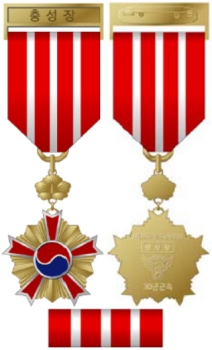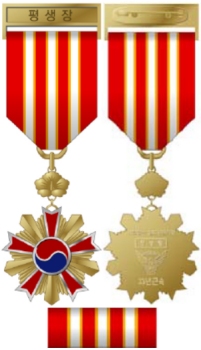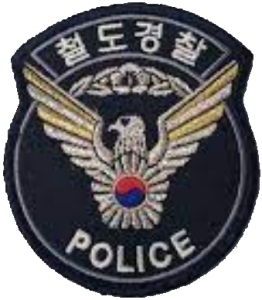
The Railway Special Judicial Police 철도특별사법경찰 (鐵道特別司法警察) are also known as Railway Special Police 철도특사경, Railroad Police 철도경찰이, Railway Police 철도경찰, Cheolgyeong 철경 or the Iron Police 철경찰. They are sometimes mistaken as members of the National Police Agency. However, the two organizations are of different nature and are operated independently of each other. The Railway Special Judicial Police are under the Ministry of Land, Infrastructure and Transport 국토부, while general police officers are under the National Police Agency 경찰청, an external agency of the Ministry of the Interior and Safety 행정안전부. Special Judicial Police refers to civil servants who have investigative authority only for their special duties, which in this case is the railroad system in Korea. Since railway police officers are not legally police officers, they cannot carry weapons.
The Ministry of Land, Infrastructure and Transport’s railway police perform various duties, including crime prevention and crackdowns in railway areas and on trains, terrorism prevention activities, and railway accident investigations, to ensure the safety of train use by the public. There duties unclude:
- Prevention and investigation of crimes inside railway stations and on trains
- Gathering information on railway crimes and cooperating with other agencies in investigations
- Maintaining order within the railway station and on the train (imposing and collecting fines and penalties)
- Preventing railway accidents, including cracking down on drinking and drug use by railway workers
- Railway security screening and other railway area terrorism prevention
- Security for important trains such as special cars
The Commander and Long Service medals were established on March 28, 2011. However, they did not appear in the legislation until October 4, 2012.1 Don’t expect to see any of these medals, within the near future. In 2022, the Railway Special Judicial Police employed 507 people, which makes them the smallest department within Korea’s public security services. It should be noted that because the department is so small, it is extremely difficult for members to advance through the ranks. The drawings below were taken from the Korean Legislation and are not to scale. You will notice that on a couple of them the obverse pendant is smaller than the reverse pendant.
Commander Medals

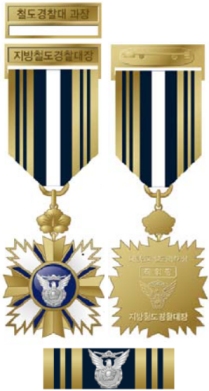
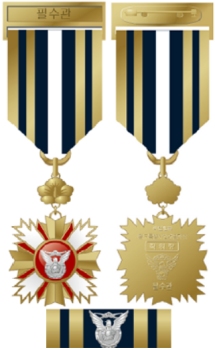
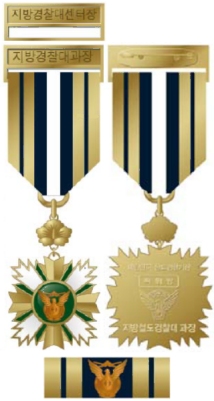
Long Service Medals
These medals use the same class names as the ones used by the Korean National Police Long Service Medals.
